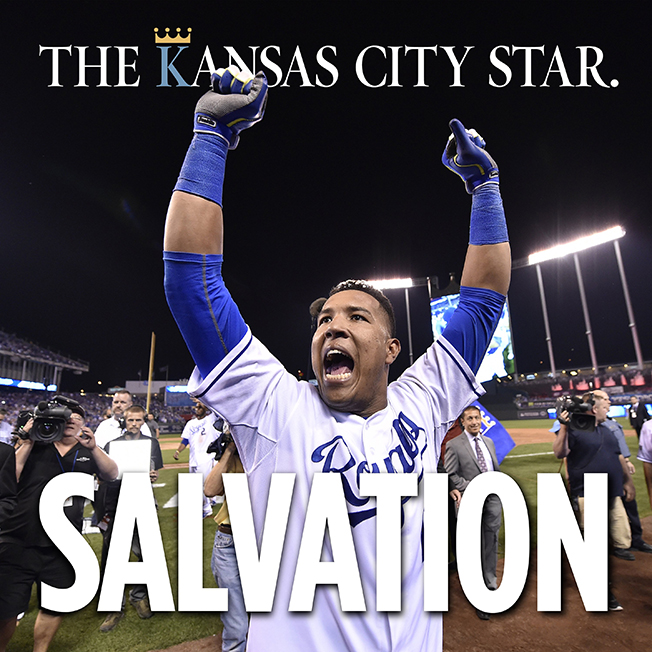CPoY: What impact did winning cPOY have on your work or professional career?
Sleezer: Winning cPOY not only gave me confidence in my chosen career path, but gave me credibility within the photojournalism community. Along with it, came a summer internship at National Geographic when Rich Clarkson was the director of photography at the magazine. I had been following his ability to help and inspire photographers since his days in Topeka, Kansas, and had always wanted to work for him. Having that internship on my resume, along with internships at the Philadelphia Inquirer and Milwaukee Journal helped me decide that newspapers were going to be my chosen career.
CPoY: What is the latest photo project you've been working on?
Sleezer: About 75 percent of the work I do for the Kansas City Star is sports photography. The last project I finished was the 2014 Royals baseball season. My beat is covering the team throughout the season and this year was the first time since 1985 that the team played in the World Series. While a student at Kansas State University in the early to mid 1980s, I was the UPI stringer at the school. This allowed me to hone my skills in sports and news events. One of those skills was turning around photos quickly on deadline for UPI. As technology has changed, I have embraced the technology that allows for quick turnaround of pictures in time for deadline. This skill set is one that is needed today by photojournalists, as newspapers require more and more photos quickly for their websites and social media.

CPoY: Why did you choose and continue to pursue photography?
Sleezer: I chose photography at first because of the process involved. Take the picture and then spend time in the darkroom with chemicals to make the picture appear. The transition to photojournalism for me started as a photographer in the Army in the late 1970s. After photography training and a year at my first post, I was given the opportunity to be assigned to the post newspaper at Ft. Hood, Texas. That exposure to a weekly newspaper, and contact with outside photojournalists coming to the fort, set me on the way to being a newspaper photographer. After the Army in 1980, I stringed and worked for a small daily in Olathe, Kansas, before deciding to attend Kansas State University for a degree in Mass Communication and continue working for the Collegian, a daily student newspaper on campus.
CPoY: How does one develop a personal photographic style?
Sleezer: I've always thought developing a photographic style for a young photographer means studying other peoples styles, and trying to figure out how that photographer makes their pictures. Lighting, lens selection and angle of view, along with how the photographer put themselves in a particular situation, are ways of learning about a photographers style. Copying others styles in different situations helps a photographer to eventually develop their own style. I think that styles change as the situation the photographer puts themselves in change.
CPoY: How has the medium of photography changed for you since entering cPOY?
Sleezer: The skill set that photographers need these days have changed slowly over the years since my CPoY days. Getting wrapped up in the technology and allowing it to dictate how a photographer sees is very dangerous. The end result is the same now as it has always been, a photograph that tells a story about a particular person, event or place, for the public to experience. How we get there has changed, and photographers need to accept the change and see how the technology can add to their story telling.
CPoY: What advice do you have for student-photographers on entering photo contests?
Sleezer: Student photographers should enter and use photo contests to do two things. One, is to help gauge their work against others of similar experience. The photojournalism world is very competitive and it will give them an idea of where improvement is needed and if this is the correct field to spend their lives in. Second, is to further their career opportunities. CPoY on a resume will still open doors but will not automatically guarantee a job. A body of work, including still images, published work, video and participation in social media, will be needed to secure work.
Interview conducted by T.J. Thomson and Alex Scott.






